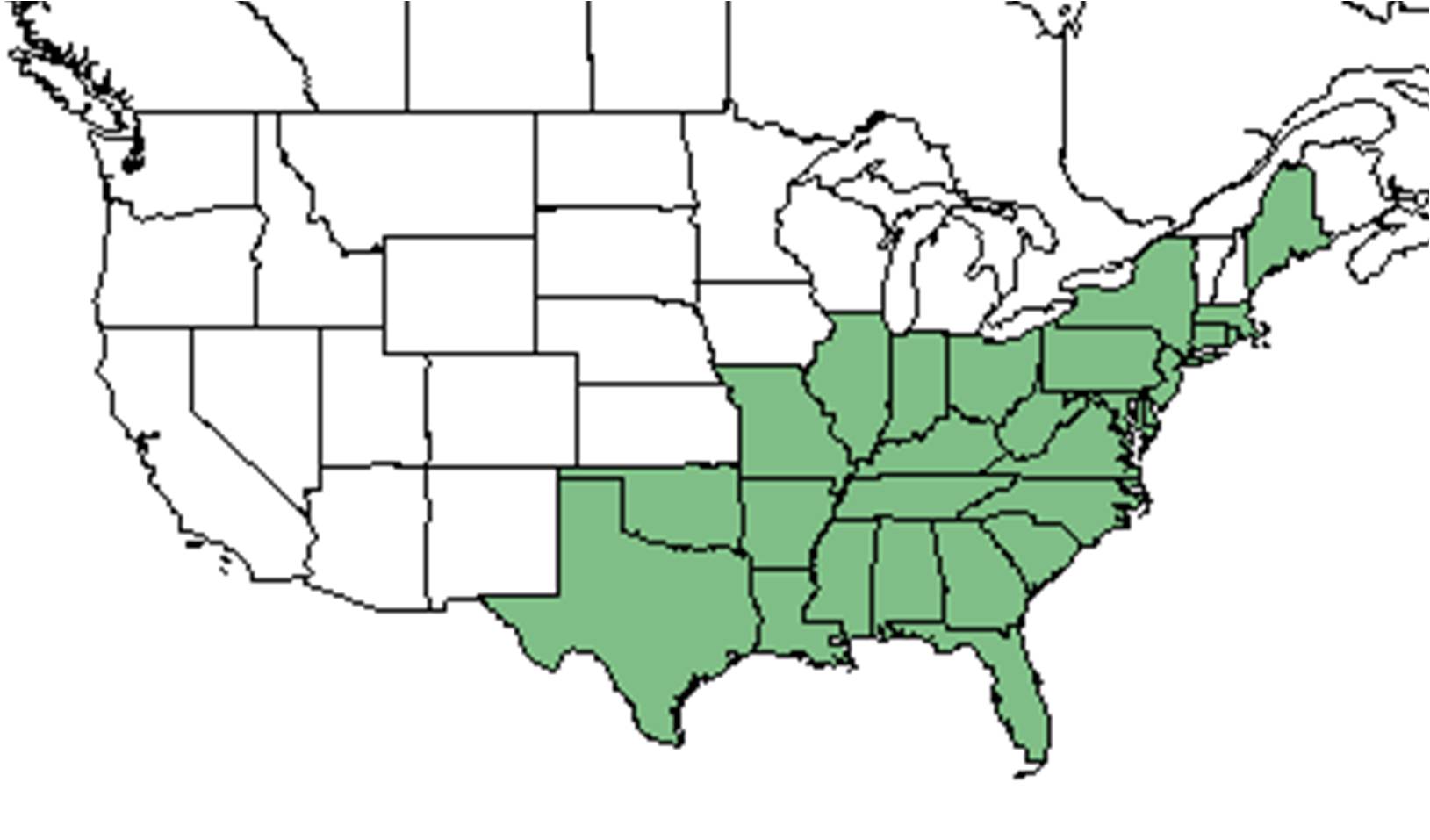Difference between revisions of "Aralia spinosa"
KatieMccoy (talk | contribs) |
|||
| Line 15: | Line 15: | ||
| binomial_authority = L. | | binomial_authority = L. | ||
| range_map = ARAL_SPIN_dist.jpg | | range_map = ARAL_SPIN_dist.jpg | ||
| − | | range_map_caption = Natural range of ''Aralia spinosa'' from USDA NRCS [http://www.plants.usda.gov Plants Database]. | + | | range_map_caption = Natural range of ''Aralia spinosa'' from USDA NRCS [http://www.plants.usda.gov/core/profile?symbol=ARSP2 Plants Database]. |
}} | }} | ||
Common names: Devil's Walking Stick, Hercules’s-club, Prickly-ash | Common names: Devil's Walking Stick, Hercules’s-club, Prickly-ash | ||
Revision as of 15:48, 15 October 2015
| Aralia spinosa | |
|---|---|
Error creating thumbnail: Unable to save thumbnail to destination
| |
| Scientific classification | |
| Kingdom: | Plantae |
| Division: | Magnoliophyta - Flowering plants |
| Class: | Magnoliopsida - Dicotyledons |
| Order: | Apiales |
| Family: | Araliaceae |
| Genus: | Aralia |
| Species: | A. spinosa |
| Binomial name | |
| Aralia spinosa L. | |

| |
| Natural range of Aralia spinosa from USDA NRCS Plants Database. | |
Common names: Devil's Walking Stick, Hercules’s-club, Prickly-ash
Contents
Taxonomic notes
Description
Distribution
It is found as north as New Jersey, west to Illinois, and south to Florida, and then west towards eastern Texas (Weakley 2015).
Ecology
Habitat
It is found in disturbed pocosins, bottomlands, disturbed areas, and in moist to dry forests and woodland habitats (Weakley 2015).
Phenology
It flowers from June to September (Weakley 2015).
Seed dispersal
Seed bank and germination
Fire ecology
Pollination
The following Hymenoptera families and species were observed visiting flowers of Aralia spinosa at Archbold Biological Station (Deyrup 2015):
Apidae: Epeolus zonatus
Colletidae: Colletes mandibularis, Hylaeus confluens
Halictidae: Augochlora pura
Leucospididae: Leucospis robertsoni, L. slossonae
Megachilidae: Coelioxys dolichos, C. sayi, C. texana, Megachile mendica, M. xylocopoides
Sphecidae: Cerceris flavofasciata floridensis, Cerceris rufopicta, Ectemnius decemmaculatus tequesta, Ectemnius maculosus, E. rufipes ais
Vespidae: Euodynerus megaera, Parancistrocerus perennis anacardivora, Zethus spinipes
Use by animals
Diseases and parasites
Conservation and Management
Cultivation and restoration
Photo Gallery
References and notes
Deyrup, M.A. 2015. Database of observations of Hymenoptera visitations to flowers of plants on Archbold Biological Station, Florida, USA.
Weakley, Alan S. Flora of the Southern and Mid-Atlantic States: Working Draft of 21 May 2015. University of North Carolina Herbarium (NCU). PDF. 1219.